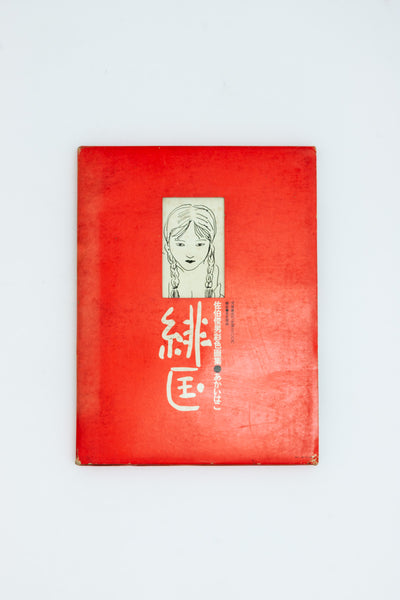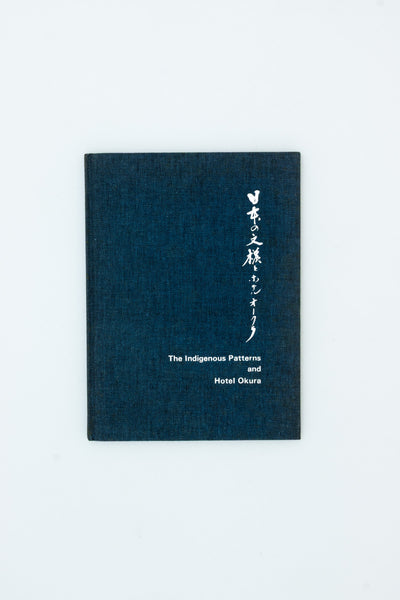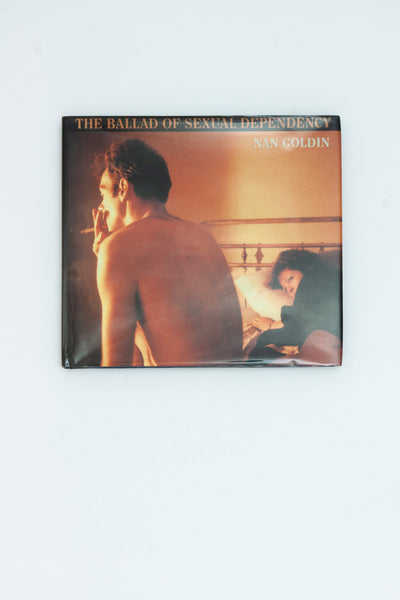Square Peg Magazine (A complete run with related ephemera).
Square Peg Magazine (A complete run with related ephemera).
First edition. Thirty one volumes of Square Peg magazine [all published].
Illustrated self-wrappers [25cm. Square], staple-bound, offset litho printed.
Each issue 35- 47pp. B&w printing with spot colour, illustrated with photographs, illustrations and numerous adverts. Occasional inserts from health organisations and nightclubs.
The complete set of magazines is offered with related ephemera from the publishers, as follows:
Original cover artwork for the last issue of the magazine [34.5 x 31 cm collage and pen on thick board];
X8 promotional handbills for the magazine and associated events printed on coloured paper [30 x 21 cm and 21 x 15 cm];
x2 sheets of Square Peg office notepaper and x1 B&w postcard with magazine logo;
x1 Press sheet summarising reviews of the magazine from 1983;
x2 Happy New Year 1985 postcards designed by David Robilliard [14.6 x 21 cm unfolded];
x1 Original ticket to the Square Peg party at the Fridge, Brixton, 1988.
London: Square Peg, 1982 - 1992.
Wrappers of Issue One a little soiled and some handbills lightly creased. Otherwise a remarkably well-preserved collection.
The queer arts periodical Square Peg was released in 1982 by a collective of seven gay men who attended the same nightclub in North London, The Bell.
Initially the founding members gathered as a discussion group with meetings occasionally taking place at Derek Jarman’s flat on the Charing Cross Road. The publication dubbed itself as a journal for ‘contemporary perverts’. Its content was unflinching towards radical issues with articles addressing sexually explicit acts, S&M, various fetishes and rubber fashion. ‘We continue to be Sexy, Sex-positive, and Seriously Offensive’ declares one editorial. From the outset the editors saw the need to balance content for gay men and lesbian readers. Pioneering articles on gay skinheads, heroin and addiction, policing, body image, misogyny among gay men, or racism on the gay scene, sit alongside discussions on co-parenting or the benefits of a macrobiotic diet for people with AIDS. The editors also valued the magazine as an experimental space to platform new work by emerging artists, writers and creatives.
Square Peg engaged an overwhelming range of contributors across literature, performance, music and art. In its ten-year history the pages of Square Peg featured Angela Carter, Derek Jarman, Frankie Goes to Hollywood, Barbara Hammer, Morrissey, Sunil Gupta, John Peel, Kathy Acker, COIL, Gilbert & George, David Robilliard, The Grey Organisation and Bronski Beat and many others.
The magazine was sold largely in London at nightclubs, the ICA bookshop, Gay’s the Word and a few independent bookshops. An editor recalls that Michael Clark refused to buy a copy, saying “I only read pornography”. The square format and glossy paper of the publication were key to its aesthetic despite the bespoke shape being an expensive waste of paper. The publication is a testament to the diversity of the London arts scene in the 1980s with its pages warmly referencing parties and club nights illustrated by numerous adverts, together with reviews of film, theatre and performance. Despite the friendly humour of its editorial voice the challenges of queer publishing amidst the emergence of Section 28 are made apparent.
A scarce collection. While individual issues of the magazine are broadly represented institutionally, we can only find a full collection of 31 issues at The British Library and the Bishopsgate Institute.































